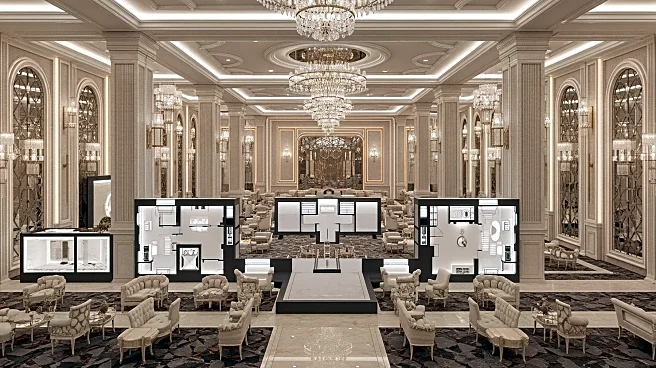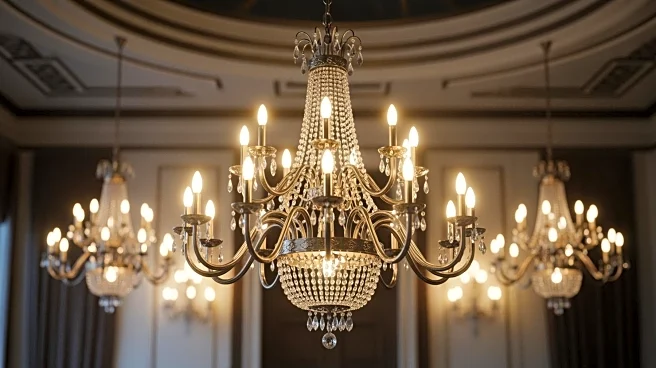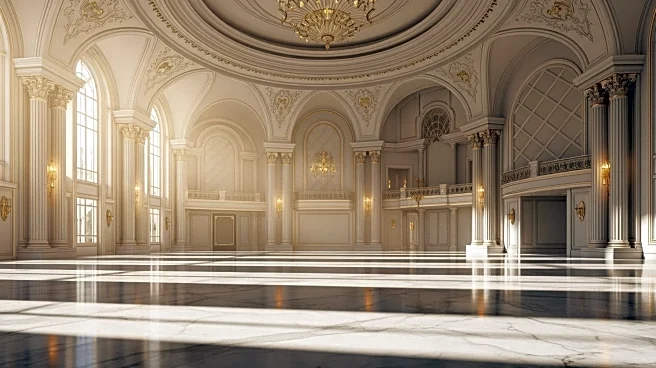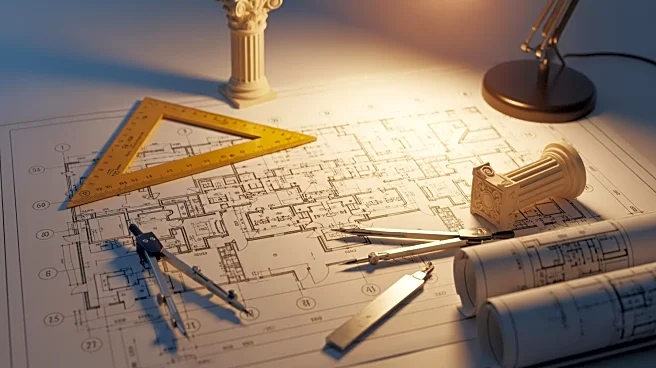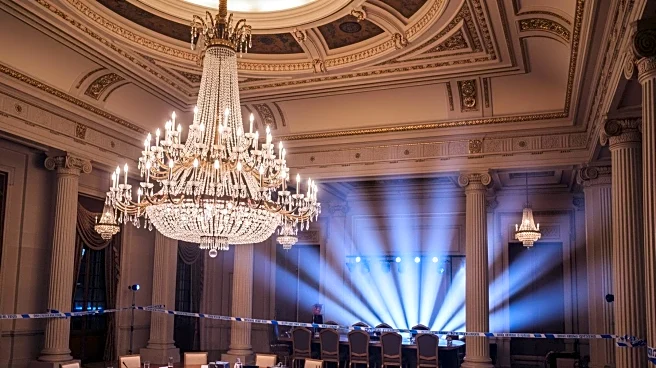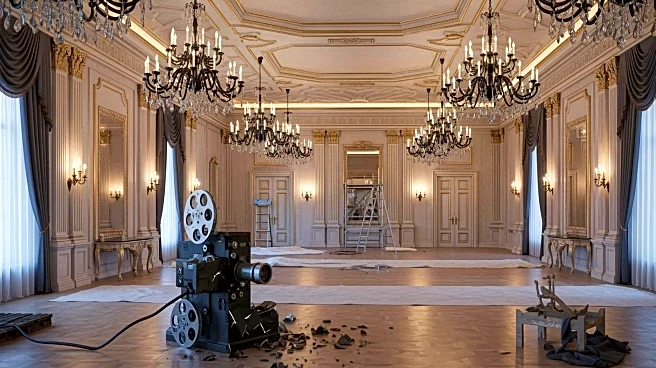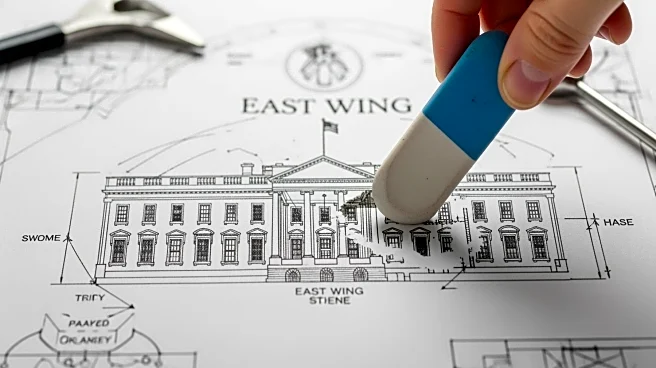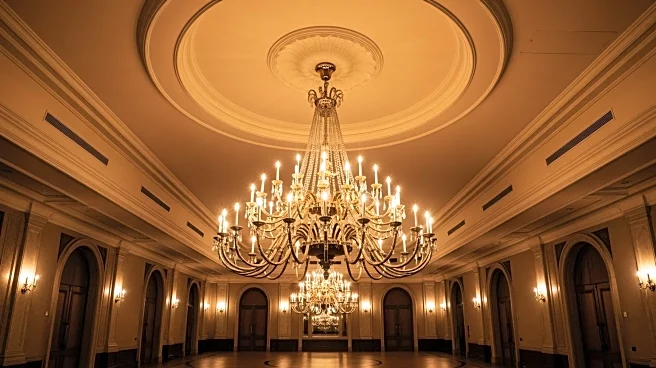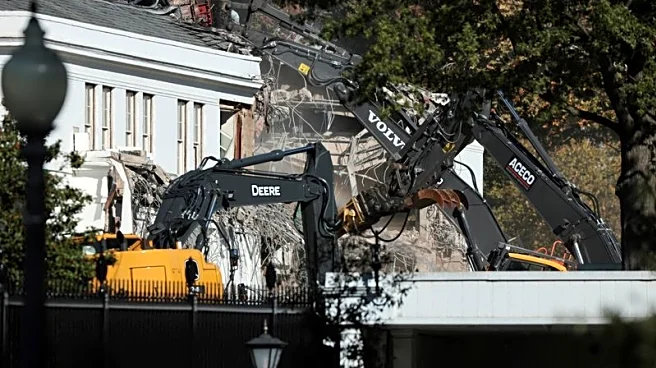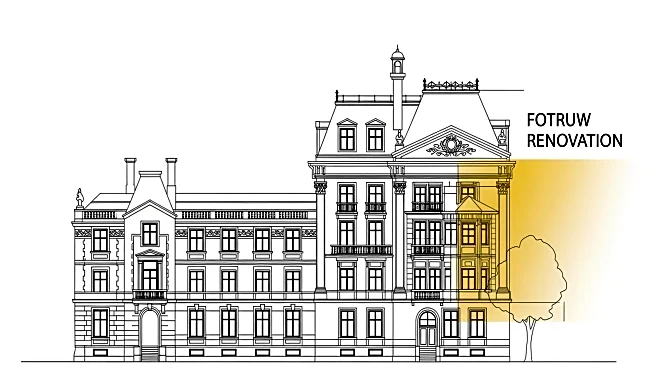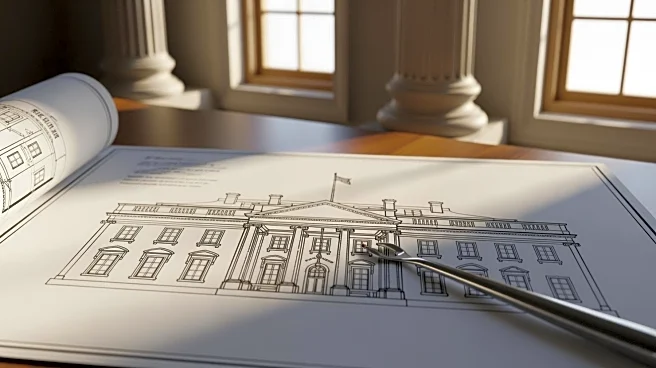What's Happening?
President Donald Trump has officially commenced the construction of a new White House ballroom, marking a significant alteration to the historic building. The project involves the demolition of the East Wing, which was completed in just four days. Despite
initial assurances that the new addition would not interfere with the existing structure, the ballroom is set to be the largest ever, with a planned size nearly double the footprint of the main section of the White House. The East Wing previously housed a movie theater, offices for the first lady, and served as the main visitor entrance. The new construction will include guest suites and offices for the first lady and her staff, although the White House has not confirmed if these are part of the 90,000-square-foot estimate. The ballroom, designed by classicist architect James McCrery II, will feature a neoclassical entrance and is expected to seat almost 1,000 people.
Why It's Important?
The construction of the new ballroom represents a significant shift in the architectural landscape of the White House, reflecting President Trump's preference for classical and traditional styles. This expansion, backed by private donors, is projected to cost upwards of $300 million, indicating substantial financial investment. The project underscores Trump's influence on federal building design and his commitment to leaving a lasting legacy on the White House. The suspension of public tours due to the demolition may impact public access and engagement with the historic site. Additionally, the inclusion of guest suites suggests a potential increase in diplomatic and social events hosted at the White House, which could have implications for U.S. political and international relations.
What's Next?
The East Wing project is expected to be completed before the end of President Trump's term, suggesting a rapid construction timeline. As the project progresses, there may be further announcements regarding the design and functionality of the new spaces. Stakeholders, including political leaders and historians, may react to the changes, particularly concerning the preservation of the White House's historical integrity. The ballroom's completion could lead to an increase in high-profile events, potentially influencing diplomatic relations and public perception of the administration.
Beyond the Headlines
The decision to demolish the East Wing and construct a new ballroom raises questions about the balance between modernization and preservation of historical sites. The architectural style chosen reflects broader cultural and political trends, emphasizing traditionalism. This development may spark discussions on the ethical considerations of altering national landmarks and the role of private funding in public projects.
